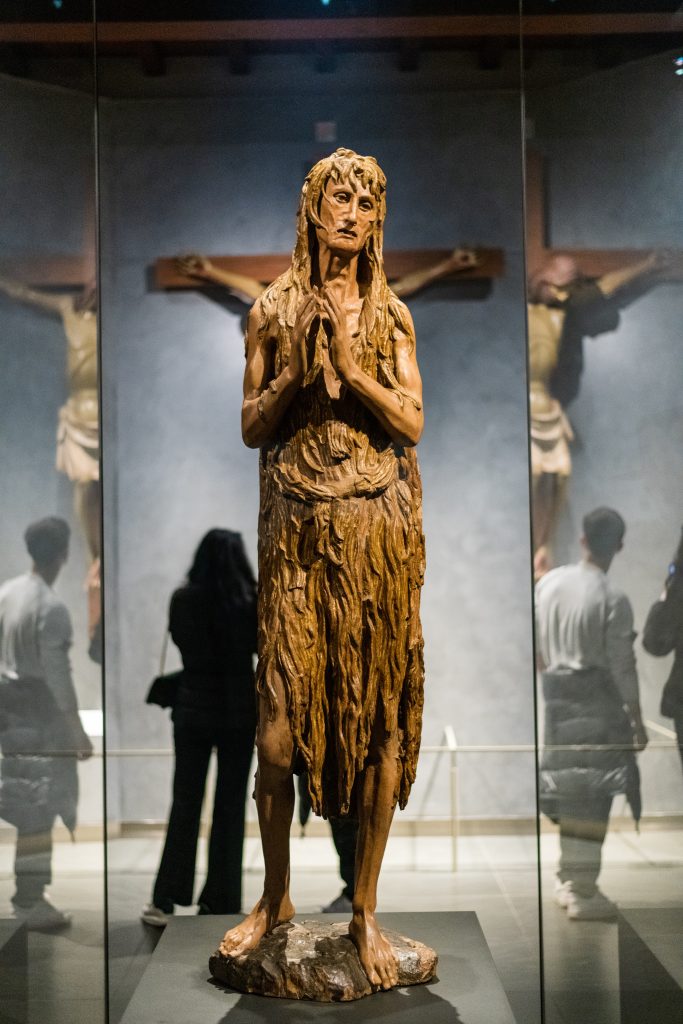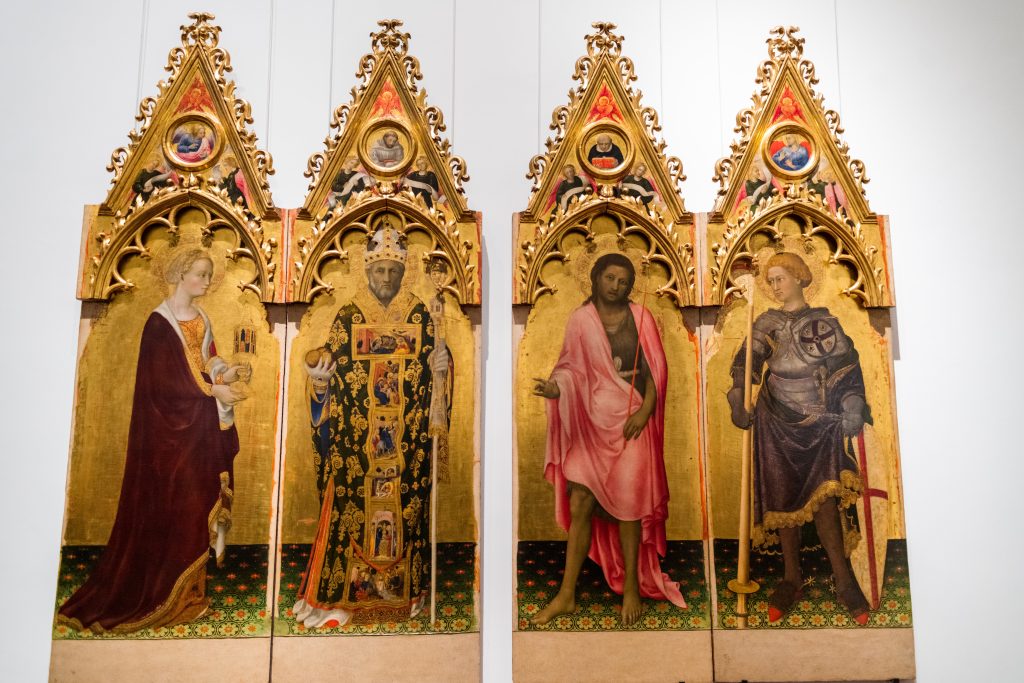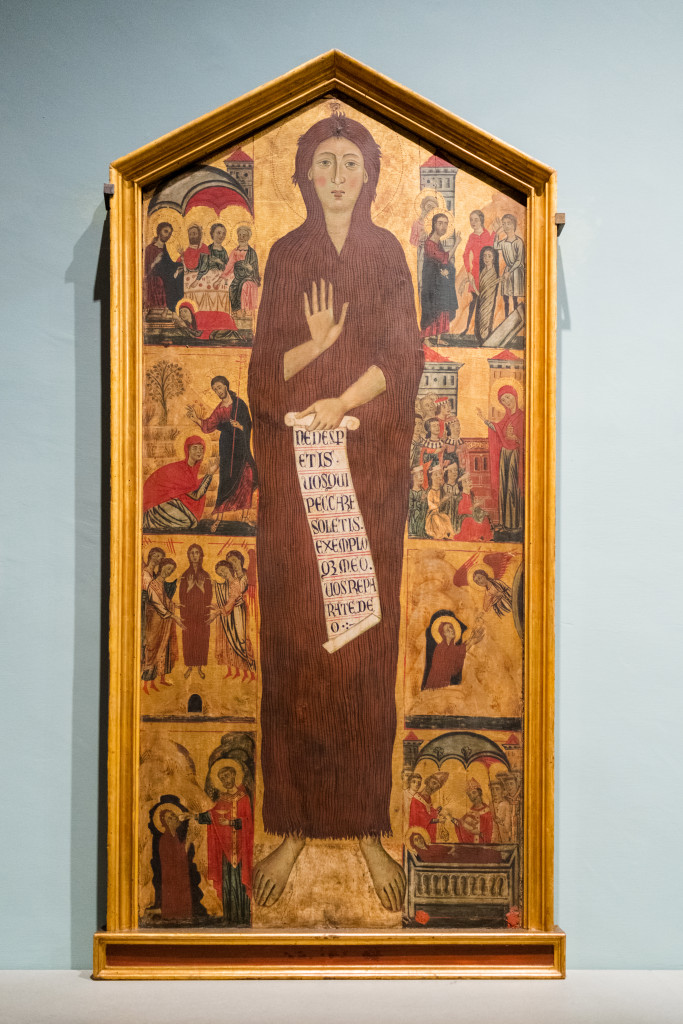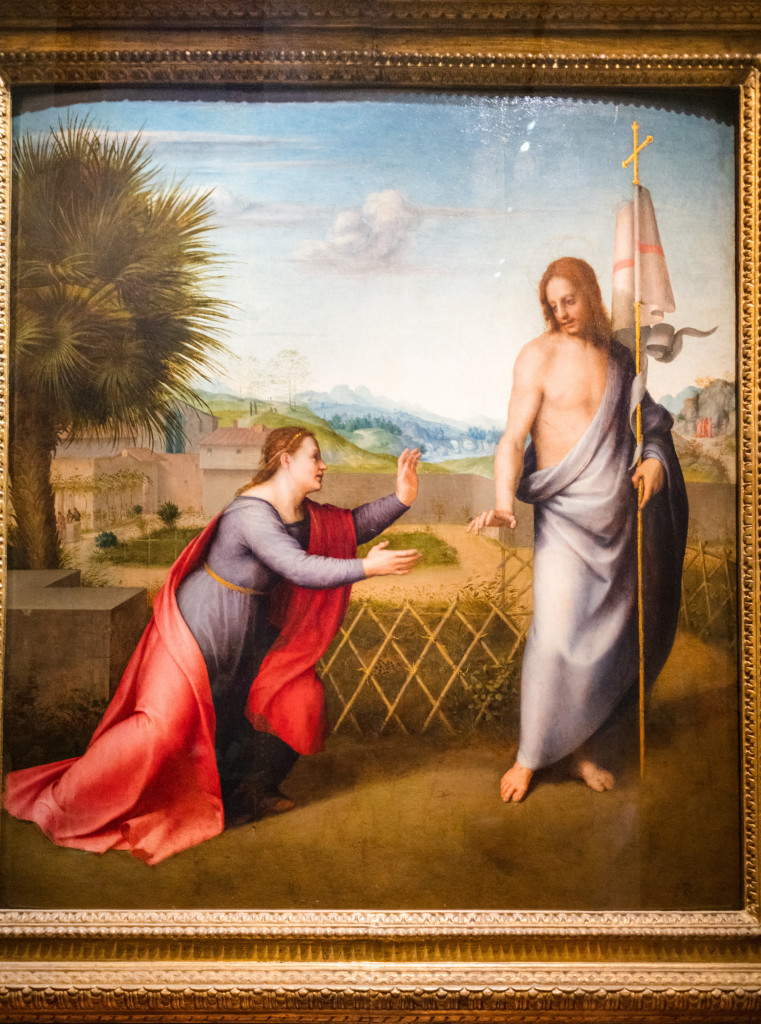Mary Magdelene
Apostle to the Apostles
Mary Magdalene is simultaneously one of the most familiar women of the Bible, but also one of the most misunderstood. Luke’s gospel introduces Mary and the other women early in Jesus’ Galilean ministry (Luke 8:1-3), but the other gospel writers do not introduce her until the Passion week. From Luke, we learn that Jesus healed her of seven demons, and in return, Mary supported Jesus’ itinerant ministry out of her own wealth, and her patronage was proportional to her deep devotion to Him.




Biography – Mary Magdalene and many other women were counted among Jesus’ disciples. Nowhere was her devotion more evident than during the dark hours of the Crucifixion. She was a witness to Jesus’ death and observed the exact location of His burial. She and the other women acquired the spices for His burial but refrained from using them until the Sabbath was over. When she went to His tomb, the Resurrected Christ revealed Himself to Mary first—before Peter, John or even His mother Mary. Jesus then commissioned her to “Go and tell” the apostles what she had seen. This led early Church father Hippolytus to refer to Mary Magdalene as “the apostle to the apostles.” She was among those who faithfully waited and prayed after Jesus’ ascension, and was among the 120 gathered when Judas was replaced by Matthias. She was present when the Holy Spirit blew in and rested as a tongue of fire upon her and the others gathered in the upper room, filling her so that she too began speaking in other tongues at Pentecost. Mary Magdalene is always the first woman named in a list suggesting that she was the most prominent among them. After the Pentecost scene in Acts 2, Mary is not mentioned again in the New Testament.
Iconography of Mary Magdalene
Mary was an exceptionally common name in the first century. So, it comes as no surprise that Mary of Magdala was frequently confused with other Marys. Pope Gregory in 591 conflated Mary Magdalene with the unnamed sinful woman of Luke 7, linking the seven demons with the seven deadly sins. Furthermore, he confused her with Mary of Bethany, the sister of Martha and Lazarus. The pope did, however, praise her for her penance. With this conflation, Mary Magdalene’s reputation as a sinful, but penitent, prostitute was sealed.
Priests and pastors, preachers and painters have leaned far more on Pope Gregory’s Mary than on the Mary of the Bible. Artists often portray Mary with an alabaster jar in hand and long red hair, associating her incorrectly with the unnamed sinful woman of Luke 7. Legends of misunderstood Mary Magdalene abound and live on in the fanciful and twisted art works that remain.
Resources:
- Jansen, Katherine L. “Maria Magdalena: Apostolorum Apostola.” In Women Preachers and Prophets through Two Millennia of Christianity, edited by Beverly Kienzle and Pamela J. Walker, 57-97. Berkeley: University of California Press, 1998.
- Jensen, Robin Margaret. Understanding Early Christian Art. London: Routledge, 2000.
- Witherington III, Ben. “Women in the Ministry of Jesus.” Ashland Theological Journal 17.1 (Fall 1984): 22-30.
